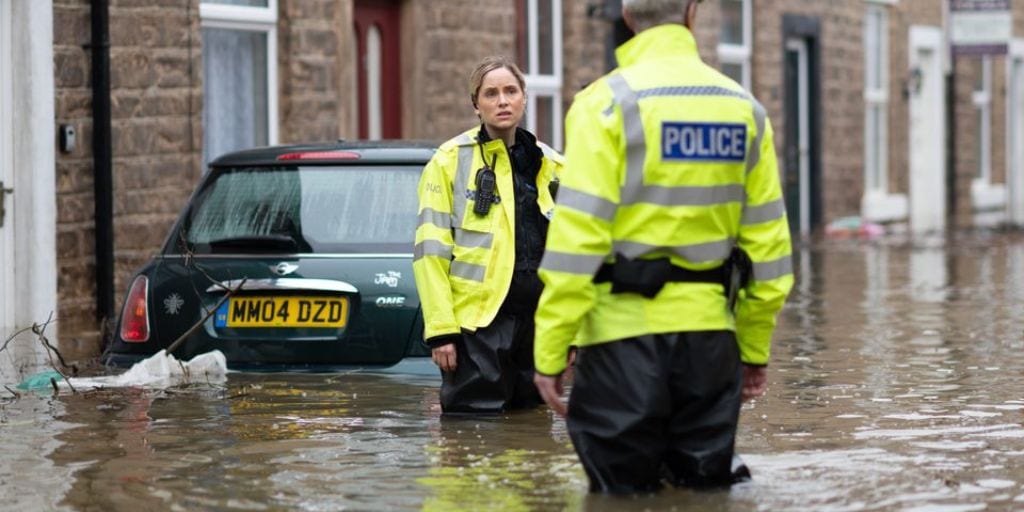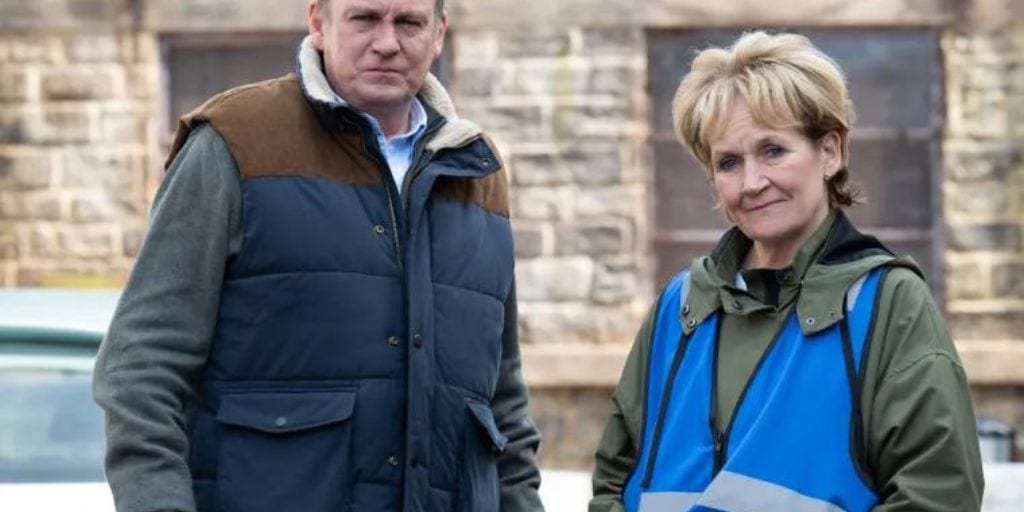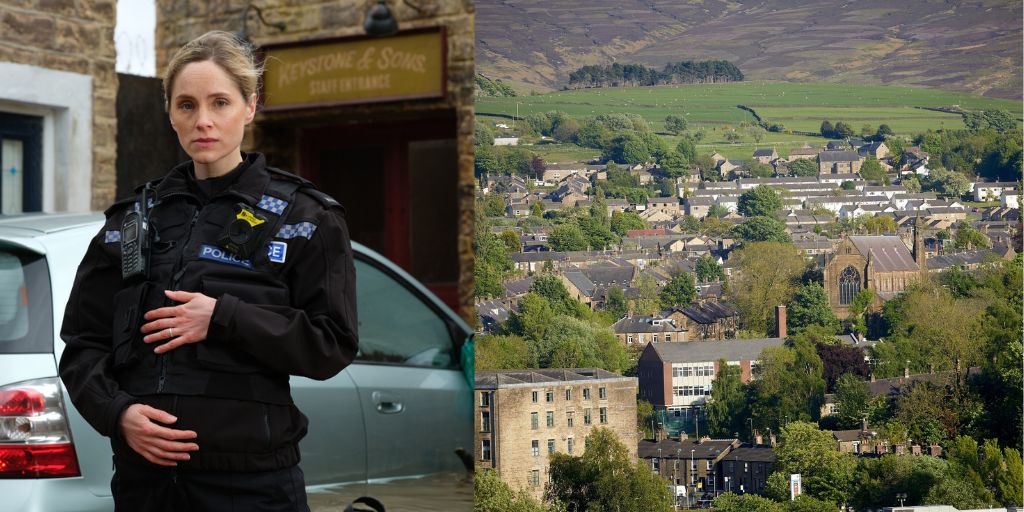“After the Flood” situates a murder mystery within the framework of a natural disaster. The story takes place in a Yorkshire town that has been severely damaged by flooding, and the locals must deal with personal tragedy, homelessness, and deadly danger.
Officer Jo Marshall of the police department is shown in the first scene of the show trying to save a newborn from drowning in a flash flood. After a mysterious stranger shows up and saves the day before vanishing into thin air, Jo is resolved to find the man who appears to have disappeared without a trace.
When an unidentified corpse is discovered in a parking lot elevator, the situation takes a darker turn. It is up to police officer Jo to find out the truth since the body cannot be found, and it appears that the murder was carried out before the town was evacuated in advance of the flood.
In the backdrop of the murder mystery, locals deal with the devastation caused by the flood and experience upheaval in their personal lives.
With plenty of twists, the new crime series on ITV is sure to captivate viewers. In “After the Flood,” a flash flood that destroys homes, kills locals and uncovers hidden secrets leaves a Yorkshire town in ruins.
Sophie Rundle, star of ‘Peaky Blinders,’ plays the main character, Joanna Marshall, a pregnant police officer who breaks the law to find out what really happened in connection with a startling murder and disappearance.

Where was the Murder-Mystery Filmed?
Although the movie “After the Flood” is set in the made-up Yorkshire town of Waterside, filming actually took place in the Peak District and throughout Greater Manchester.
The set of the series was set in the historic market town of Glossop in Derbyshire, with the exterior of the Waterside Police Station sourced from the recently closed NatWest.
While this was happening, the charming streets of Old Glossop, with their rows of stone cottages, transformed into rushing rivers, and sandbags were used to keep the actual houses dry.
An old hidden car park in Stockport, where the finding of an unidentified corpse kicks off the larger mystery, and the town’s historic Market Hall were also on the shooting schedule.
“After the Flood” begins with scenes shot in the Manchester neighborhood of Stretford, showing a mother and her infant stranded in the storm’s eye. Producers had to convince the owner to grant permission to film in the garden of a Bury residential address for the riverbank sequences.
Lead actress Sophie Rundle described the set, which features a flooded street in other scenes, as “a huge water tank with two pretend houses on either side,” and it was filmed next to Manchester’s Trafford Centre.

Meanwhile, the White Water Centre in Stockton-on-Tees provided the dramatic backdrop for the baby’s rescue scenes. Its 300-meter course is pumped with more than 14,000 liters of water per second by multiple 30-ton machines.
Producers wanted a small town, such as Todmorden or Hebden Bridge, to bring “Waterside” to life in the drama for the action. Nonetheless, the crew put a lot of effort into shielding the actual streets from the rain that they had to simulate for the camera. “Rain was something we needed to accomplish wherever we went,” James remarked. Roads with bells on had to be closed.
“Not wanting to actually flood houses was one of our main worries. We had to be cautious not to flood people’s properties, so we had sandbags outside the houses.”
The TV crew also received assistance from locals. “We did speak with a number of Glossop locals who experienced a horrific flood that went straight down the high street,” James stated. They gave us images that served as references, which was really beneficial.”
It is not at all true that the street where the officers are seen wading through the floodwaters is a street. Following numerous discussions with the water supplier, United Utilities, and local councils, the team came to the conclusion that they would need to construct a street from the ground up in order to achieve the desired aesthetic for the drama while prioritizing safety.
After considering several options, the street was eventually constructed in a block that was superbly isolated on the level plain left by the destruction of Event City close to the Trafford Centre. Customers may remember noticing the odd block last April and May when they were driving by.





